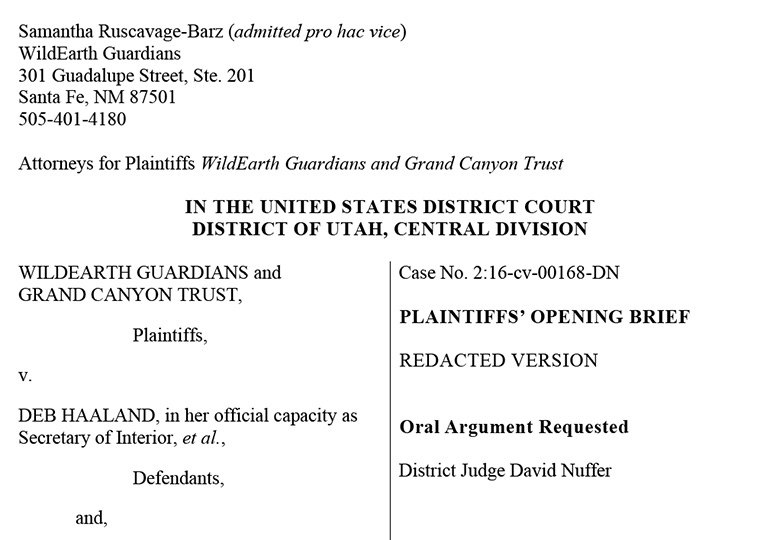U.S. Dollar's Bleak Outlook: Worst Start Since Nixon?

Table of Contents
Inflationary Pressures and the Fed's Response
Persistent inflation is significantly eroding the U.S. dollar's purchasing power, making it less attractive to international investors. The rising cost of goods and services reduces the real value of the dollar, impacting its exchange rate against other currencies. The Federal Reserve (Fed) has responded with aggressive monetary policy, including significant interest rate hikes and quantitative tightening. However, this approach carries significant risks.
- Rising inflation erodes purchasing power, making the dollar less attractive. High inflation reduces the real value of the dollar, meaning that a dollar today buys less than a dollar did a year ago. This weakens its appeal as a store of value.
- Aggressive interest rate hikes risk triggering a recession. While raising interest rates can curb inflation, it also slows economic growth and can potentially lead to a recession, further weakening the dollar.
- Market uncertainty surrounding the Fed's actions weakens the dollar. The unpredictability of the Fed's actions and the market's reaction to them creates uncertainty, making investors hesitant to hold dollars.
The Fed’s balancing act between controlling inflation and maintaining economic stability is a delicate one, and its success in navigating this will significantly impact the dollar's value and the overall health of the U.S. economy. The effectiveness of quantitative tightening in curbing inflation without significantly harming the economy remains a key question.
Geopolitical Uncertainty and the Rise of Alternative Currencies
Geopolitical events are playing a major role in the weakening of the U.S. dollar's global dominance. The ongoing war in Ukraine, escalating U.S.-China tensions, and other global uncertainties are creating a climate of risk aversion, reducing demand for the dollar as a safe haven asset. Simultaneously, alternative currencies and payment systems are gaining traction, challenging the dollar's long-held status as the world's reserve currency.
- Geopolitical instability creates uncertainty and reduces demand for the dollar. Global conflicts and tensions increase uncertainty, making investors seek safer alternatives.
- The rise of alternative currencies challenges the dollar's reserve currency status. The Euro, the Chinese Yuan, and even cryptocurrencies are gaining prominence, offering alternatives to the dollar in international trade and finance. This process of de-dollarization is slowly but surely chipping away at the dollar's global dominance.
- Sanctions and trade wars negatively affect the dollar's global appeal. The use of the dollar in international sanctions and trade disputes reduces its attractiveness as a neutral medium of exchange.
U.S. National Debt and Fiscal Policy
The burgeoning U.S. national debt is a significant factor contributing to investor concerns about the long-term health of the dollar. High levels of national debt raise questions about the country's long-term solvency and its ability to repay its obligations. This, in turn, impacts investor confidence and puts downward pressure on the dollar's value. Current fiscal policies play a crucial role in managing this debt.
- High national debt raises concerns about the long-term solvency of the U.S. A large national debt can lead to higher interest rates, making it more expensive for the government to borrow money.
- Fiscal deficits can lead to increased inflation and a weakening dollar. Government borrowing to cover budget deficits can increase the money supply, leading to inflation and a weaker dollar.
- Uncertainty about future fiscal policy contributes to market volatility. Unclear plans for addressing the national debt create uncertainty in the markets, further impacting the dollar's value.
Comparing the Current Situation to the Nixon Shock of 1971
While the current situation shares some similarities with the economic conditions leading up to the Nixon Shock of 1971 – namely, inflation and a loss of confidence in the dollar – there are also critical differences. The Nixon Shock saw the end of the Bretton Woods system, where the dollar was pegged to gold. This current situation does not involve such a fundamental shift in the global monetary system. However, the lessons learned from the Nixon Shock – the importance of fiscal responsibility, the dangers of unchecked inflation, and the fragility of fixed exchange rate systems – remain relevant today.
Conclusion: Navigating the Uncertain Future of the U.S. Dollar
The U.S. dollar's current weakness is a result of a confluence of factors: high inflation, aggressive monetary policy responses, geopolitical uncertainty, the rise of alternative currencies, and concerns about the U.S. national debt. These factors create significant risks for the global economy and for individual investors. Understanding the current challenges facing the U.S. dollar is crucial for making informed financial decisions. Stay informed about the latest developments and consider diversifying your portfolio to navigate the uncertain future of the U.S. dollar's value. For further information and analysis on the U.S. dollar outlook and currency risk management, consult reputable financial news sources and investment platforms. [Link to Financial News Site 1] [Link to Financial News Site 2] [Link to Investment Platform]

Featured Posts
-
 Analyzing The 2000 Yankees Joe Torres Impact And Andy Pettittes Shutout Performance
Apr 28, 2025
Analyzing The 2000 Yankees Joe Torres Impact And Andy Pettittes Shutout Performance
Apr 28, 2025 -
 Yukon Mine Manager Faces Contempt Charges Over Refusal To Testify
Apr 28, 2025
Yukon Mine Manager Faces Contempt Charges Over Refusal To Testify
Apr 28, 2025 -
 Bubba Wallace On Fatherhood The Challenges Of Balancing Racing And Family
Apr 28, 2025
Bubba Wallace On Fatherhood The Challenges Of Balancing Racing And Family
Apr 28, 2025 -
 Red Sox Vs Blue Jays Lineup Showdown With Buehler And Outfielders Return
Apr 28, 2025
Red Sox Vs Blue Jays Lineup Showdown With Buehler And Outfielders Return
Apr 28, 2025 -
 Is This Underrated Red Sox Player Ready For A Breakout Season
Apr 28, 2025
Is This Underrated Red Sox Player Ready For A Breakout Season
Apr 28, 2025
